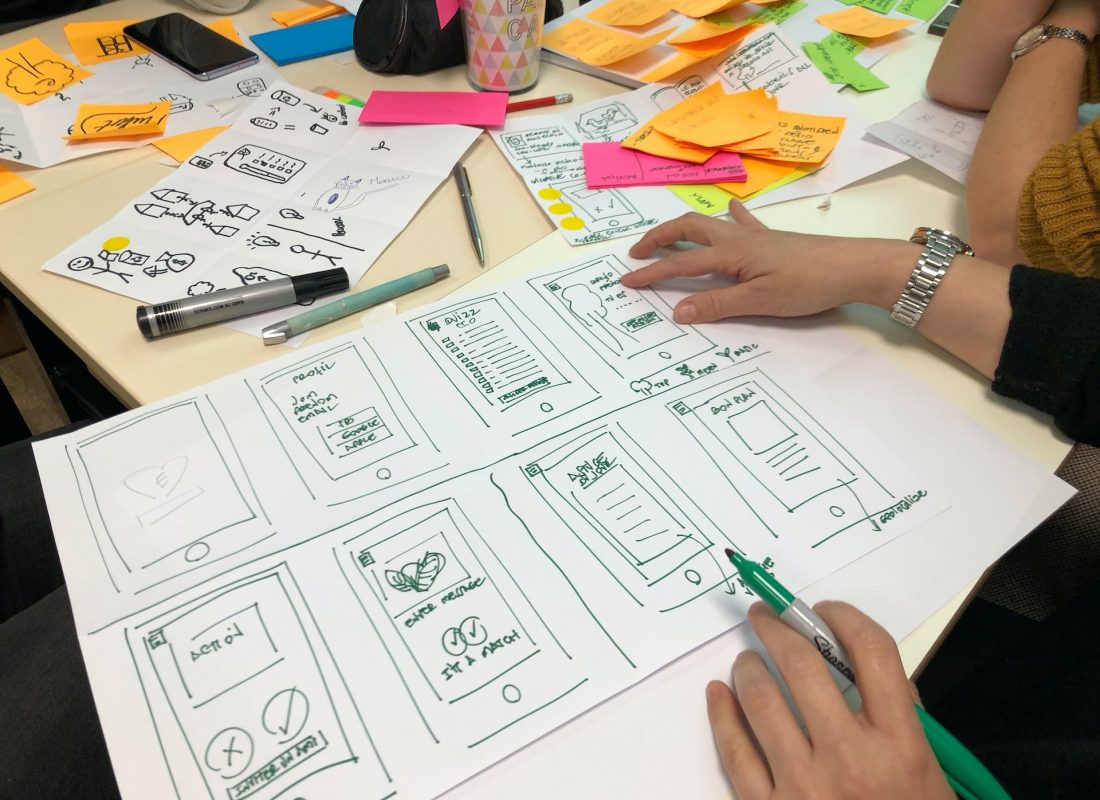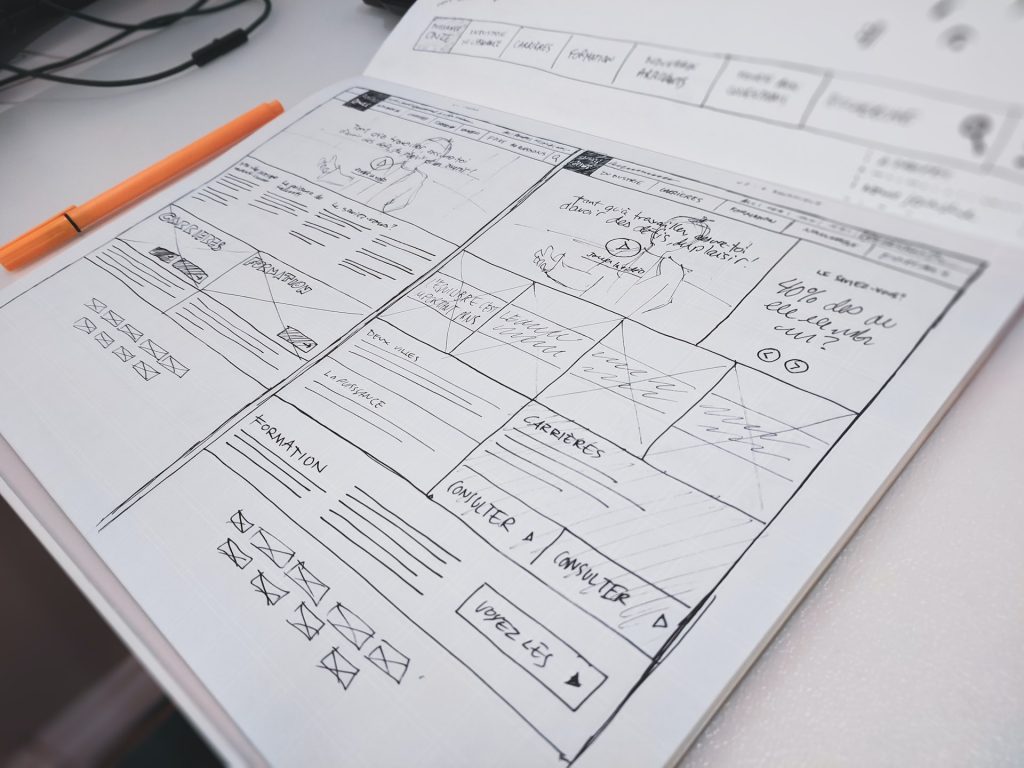Some aspects of web design are entirely dictated to pandering to customer experience. After all, if a person does not enjoy using a site, they are less likely to give the site a chance to present a service or a product to them. And it goes entirely against the desires of site owners. Let’s take a closer look at the role of customer experience in web design and the practices it necessitates.
Ease of navigation
The first way the role of customer experience in web design shows itself is through an emphasis on ease of website navigation. If you want to build a customer website, appearance is not the most important thing. The first thing on the list needs to be allowing people to find what they are looking for quickly and easily. If site visitors cannot reach their ‘destination’ quickly, they are far more likely to close your site and forget about it than they are to put in the effort. Unless, of course, they need your product or services extremely badly. But you cannot expect to have that advantage all the time. Proper breakdown of page categories goes a long way towards making this possible, for example. As does a clean design with visibly marked categories for better site navigation, though the former is typically more important.
The proper use of whitespace
People get overwhelmed surprisingly easily. They cannot interpret information correctly if there is a deluge of data. The overwhelming nature of sites with very little whitespace makes them unpopular, which is just another example of the importance of the role of customer experience in web design. Suppose you want your customers to have the best experience possible. In that case, you need to use whitespace, in other words, the space without any words on your site’s pages, to properly divide the page into relevant sections. The whitespace also signals important information by featuring it prominently on the page. This makes it easier for the customer to peruse a page and quickly get the information they want. They may then decide whether they want the details or to move onto another page of your site. Which naturally makes for a much more enjoyable browsing experience.
Website Compatibility
Nowadays, everybody knows that in the process of how to gain and retain customers, a website plays a vital role. What a lot of people forget is that site compatibility is something that requires a bunch of work. You need to be confident that your customers can pick up any device capable of connecting to the internet or open any browser and still be able to access and enjoy your site. If a person cannot open the site, or the site opens but looks awkward and is extremely hard to use on the device, that makes for an abysmal customer experience. Which, naturally, means that you’d lose their interest and their loyalty to your business and brand. Interestingly, this is still a rather persistent problem for many companies that do not pay proper attention to online matters. Even some major brands!
Loading speed concerns
Of course, another influence of customer experience on web design is the insistence on fast loading speeds. It is not enough that a site has tons of features and even useful embedded software. If all they do is make the site take forever to load, they hurt your site more than they help. This is for two different reasons. First, it makes for a frustrating experience, and even once the site loads, the customer already has much less interest and patience. Second, there are still many people with relatively bad interest connections. If your website is not optimized well enough, they can run into error or timeout messages constantly. This means that a chunk of your potential website visitors cannot even gain excess to your site. And that goes beyond just a bad user experience straight to disastrous territory.
Better optimized pages
To fully use the role of customer experience in web design, you need to lean into two things we’ve already explained: people hate to look for stuff for too long, and people easily get overwhelmed. This is why it is essential that your website pages, and especially your landing pages, are optimized for one topic, purpose, or type of conversion at a time. For clarification, landing pages are pages to which links from ads or other promotional material lead. They help overcome some of the biggest challenges of growing eCommerce businesses since they let you promote a product cleanly. If you put too much stuff on a single page, you water down interest and lose attention. So, it’s best to promote one thing well than lots of things poorly!
An appealing design
The final way the role of customer experience in web design manifests is through the insistence on pretty sites, naturally. After all, even if we previously said this is less important than some other things, it is still very relevant. It is silly. It is superficial, and it is sometimes almost dumb. But people pass on businesses that do not have an appealing design, even with superb services or products. Or rather, they do not even give the businesses a chance to convince them they have something to offer. This is why focusing only on how to optimize your website with data-driven design will never work. Ultimately, you are building a site to present to your customers and other interested parties. This means they need to like it to interact with it appropriately.
Final word
This concludes our guide on the role of customer experience in web design! We hope we’ve stressed its importance to you. And that you will use this knowledge to improve your site even further.
Images links:
https://unsplash.com/photos/wusOJ-2uY6w
https://unsplash.com/photos/Px3iBXV-4TU
https://unsplash.com/photos/gcHFXsdcmJE
https://unsplash.com/photos/4UGmm3WRUoQ






